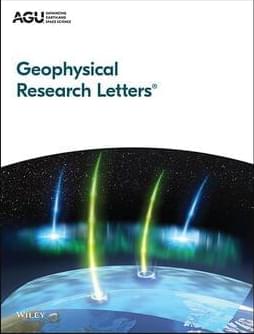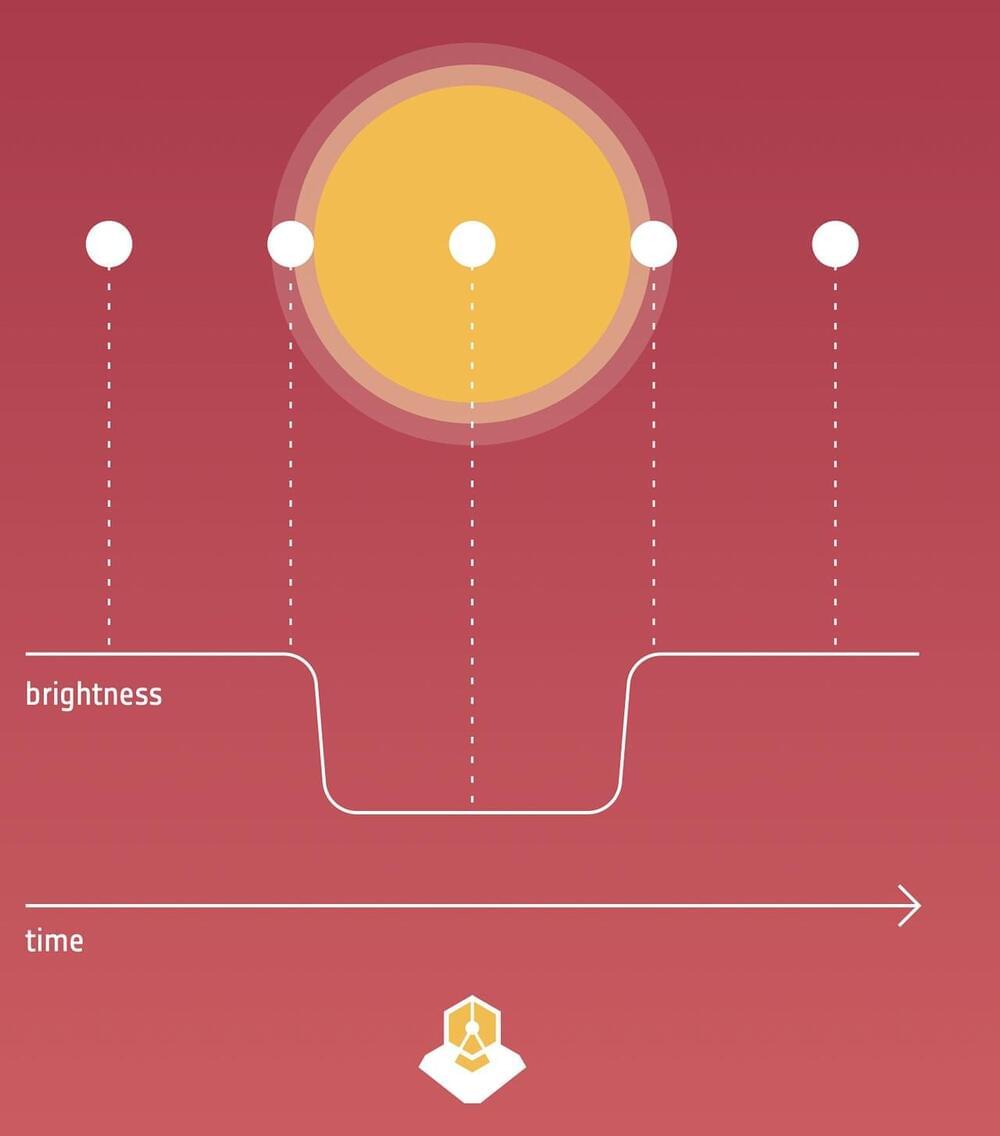THE JAMES Webb Space Telescope has captured new images of a distant planet in a first for the world’s top space observatory. The James Webb Space Telescope launched on Christmas Day in 2021 Credit: Alamy 
The star pasted on the images represents the planet’s host star Credit: NASAPhotographing distant planets is extremely difficult because light from their host star will pollute the images.
The Kalam cosmological argument asserts that everything that exists has a cause, and what caused the Universe? It’s got to be God.
An exploration of the technological singularity and whether it will happen and what implications it has on astrobiology and solving the Fermi Paradox.
My new clips and live channel:
https://www.youtube.com/channel/UCwwuMqY1SXZhTB5hIFFUmlg.
My Patreon Page:
https://www.patreon.com/johnmichaelgodier.
My Event Horizon Channel:
Being able to decode brainwaves could help patients who have lost the ability to speak to communicate again, and could ultimately provide novel ways for humans to interact with computers. Now Meta researchers have shown they can tell what words someone is hearing using recordings from non-invasive brain scans.
Our ability to probe human brain activity has improved significantly in recent decades as scientists have developed a variety of brain-computer interface (BCI) technologies that can provide a window into our thoughts and intentions.
The most impressive results have come from invasive recording devices, which implant electrodes directly into the brain’s gray matter, combined with AI that can learn to interpret brain signals. In recent years, this has made it possible to decode complete sentences from someone’s neural activity with 97 percent accuracy, and translate attempted handwriting movements directly into text at speeds comparable to texting.
Superintelligent AI is “likely” to cause an existential catastrophe for humanity, according to a new paper, but we don’t have to wait to rein in algorithms.
Webb takes us inside a nearby nebula to shed light on the mysteries of star formation in the recent universe.
An extraordinary phenomenon taking over the Red Planet.
NASA’s MAVEN (Mars Atmosphere and Volatile Evolution) mission and the United Arab Emirates’ Emirates Mars Mission (EMM) revealed combined observations of proton aurora at Mars. It turns out that aurora can actually get patchy over the Martian atmosphere.
The study was published in the journal Geophysical Research Letters.
The United Arab Emirates’ EMM found that fine-scale structures covered the proton aurora during the entire day side of Mars.
MAVEN discovered proton aurora in 2018. They form when the solar wind interacts with the upper atmosphere of Mars. Previously, MAVEN and ESA’s (the European Space Agency) Mars Express mission revealed through regular observations that this type of aurora was evenly distributed across the Martian hemisphere.
However, EMM’s observations were quite different-this time, proton aurora seemed dynamic and variable. The researcher’s called this patchy proton aurora\.
Other Worlds
Posted in futurism

 The James Webb Space Telescope launched on Christmas Day in 2021 Credit: Alamy
The James Webb Space Telescope launched on Christmas Day in 2021 Credit: Alamy 







